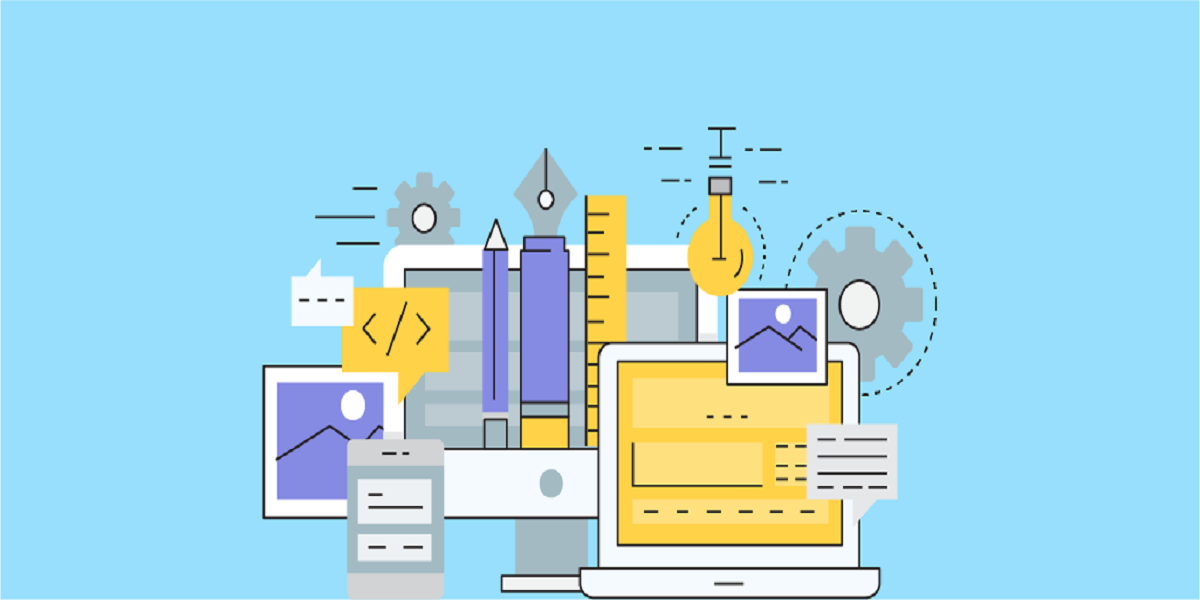
The first time you probably heard about lean thinking was in context with Toyota's manufacturing process. Like others, you might have also been fascinated by the idea of reducing waste and increasing productivity.
But the moment you started implementing lean thinking in software development, you might've realized things that it is a different level of ball game. Toyota specializes in vehicles. Their lean thinking is around optimizing and managing the process of vehicle production. So, how do you use the similar approach in software development?
In this blog, we will guide you on how you can implement lean thinking in software development. Let's begin:
1. Use the Scrum Board
If you’re using scrum boards in your, then you’re already using lean because Scrum has borrowed this concept from the lean approach. It means you don’t have to entirely replace your existing approach if you’re already using Scrum and want to adopt lean. All you need is to make minor tweaks. Instead of controlling a software development lifecycle, you have to focus on improving the entire process. You can still use scrum as a tool if you want. But you have to shift your mindset.
2. Set up a pull system
Setting up a pull system is another trick that you can pull off the book of lean management. In case you are not aware, it is basically a system where you only start the next task when another task is finished. The idea is to reduce the work in progress (WIP).
A pull system helps you focus on specific tasks, and ensure you’re not running around without adding any value. It also eliminates unnecessary stress off your team and they can focus more on innovation instead of worrying about the large amount of work that needs to be done.
3. Reduce the setup time
Setup time refers to the amount of time developers take to start a new task. Usually, a developer needs to clear their head around the previous task and learn about the next before they begin it. That’s a lot of time you’re losing if a developer has to repeat the same process each time. Hence, you should focus on reducing the setup time. Once you’ve achieved this, you can reap many benefits. It requires some effort from your end, but it’s worthwhile in the end.
4. Eliminate Wastes
You should also focus on reducing wastes to implement lean thinking in software development. Here are a couple of wastes that you might need to eliminate:
Waste #1: Transport
Transport refers to how tasks shift from one team member to another (let’s say from an analyst to designer or developer to tester). Eliminating it can help you significantly cut back on development time.
Waste #2: Inventory
Inventory in software development refers to how many items, tickets, feature requests you have are there in your backlog. Lesser the number of items in inventory, less time it takes to cater to user requests and more is the productivity.
Waste #3: Motion
Motion refers to how much time your team spends on mundane tasks like unavoidable meetings, discussions within the team, and updating tasks on the Scrum board. Eliminating this time can significantly reduce your costs and enhance your productivity.
Waste #4: Waiting
Waiting in software development refers to time it takes for your team to pick tasks from the backlog. Talks that are sitting around in the backlog don’t do good to anyone and hinders efficiency.
Waste #5: Overproduction
Overproduction in lean software development happens on two levels. The first level of overproduction is scope creep. It happens when you start developing keeping in mind certain features but then the project scope increases. It results in additional work and longer delivery cycles.
The second level of overproduction when you spend time developing features your audience does not even need. It results in additional workload and less efficiency.
Waste #6: Defects
Defects are probably the easiest form of waste to recognize in software development. They’re easy to trace and explain. A defect in software development occurs when a software doesn’t perform the way it should. Identifying them early on can save your time and resources.
5. Reduce Costs
Cost of poor quality is the cost your team has to bear when all processes, systems, products and people are not up to the mark. Initially, it doesn’t seem to be a major issue, but later it might turn out to be a serious problem. Hence, you must act upon it and reduce this cost as soon as possible. If you really want to spend, spend on improving things because it will earn itself back in virtually no time.
Conclusion
Lean software development is always about continuous improvement. If you are in love with comfort, the approach is not for you. Hence, if you are serious about implementing lean thinking in software development, you must step outside your comfort zone and keep looking for ways you can improve your current software development process. Good luck!
